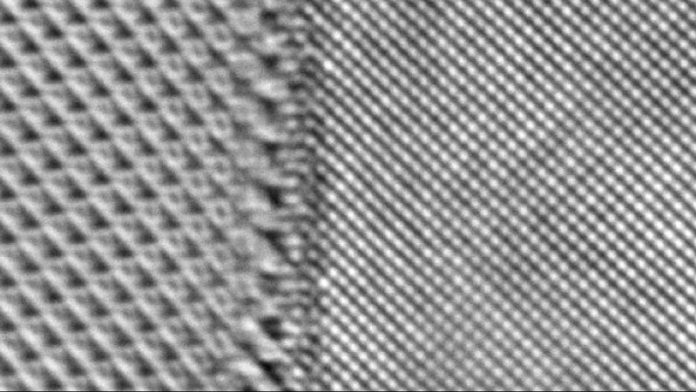
Diamonds are known for their durability, thermal efficiency, and stability, making them ideal materials for electronics and quantum devices.
However, diamonds are challenging to integrate into technology because they only bond with other diamonds, limiting their use in devices like quantum computers, sensors, and even cell phones.
Traditionally, using diamonds in electronics would require large, expensive pieces, which makes it hard to maximize their potential.
But now, scientists from the University of Chicago and Argonne National Laboratory have found a groundbreaking solution to overcome this challenge.
Assistant Professor Alex High from the University of Chicago explains that diamond has outstanding qualities: it’s chemically stable, thermally conductive, and has unique properties that make it an excellent choice for quantum technology.
However, the challenge lies in integrating diamond with other materials needed for electronics.
“Diamond stands alone in terms of its material properties, both for electronics and quantum technologies,” he said. Yet, as High noted, diamond is a difficult platform for practical device integration.
The breakthrough, published in Nature Communications, describes how High’s team managed to bond diamond layers directly with materials like silicon, fused silica, sapphire, and lithium niobate.
This bonding was achieved without any intermediate “glue” material, which is significant because it preserves the diamond’s unique qualities while allowing for seamless integration with various devices.
Interestingly, quantum researchers aren’t interested in flawless diamonds. Instead, they prefer diamonds with slight imperfections in the crystal structure, known as “defects.”
These engineered defects allow scientists to create what are called “qubits,” the building blocks of quantum computing.
Qubits in diamond are highly stable and make the material valuable for advanced quantum applications like sensing and computing. Joseph Heremans, a co-author of the study, describes diamond’s unique characteristics as highly beneficial across multiple fields.
However, until now, using diamond in a way that’s compatible with different materials was incredibly challenging. This challenge has been compared to making a grilled cheese sandwich but only having a huge block of cheddar—impractical and wasteful.
To address this, the researchers devised a technique to treat both the diamond and the other materials so that they would naturally bond.
They prepared the diamond surface to make it “sticky” at a molecular level, allowing for a strong connection with the target material. This process involved treating the diamond surface to create “dangling bonds,” which are essentially atoms ready to attach to something. When two treated surfaces meet, they bond tightly without needing any extra adhesive.
Xinghan Guo, a Ph.D. student who led the research, explained that once bonded, these diamond layers can survive various fabrication processes, which opens up possibilities for using thinner diamond layers, sometimes just 100 nanometers thick. This is far more efficient than using thicker diamond pieces and allows for more advanced, scalable applications.
This technique could have significant implications. For instance, Professor Peter Maurer, another co-author, works in quantum biosensing—using quantum technology to measure tiny biological changes. He explains that this diamond bonding breakthrough could help develop quantum sensors for health diagnostics, improving how scientists measure biological processes.
The team envisions that this innovation could lead to a similar revolution in quantum technology as the one seen with traditional silicon electronics. Like how silicon chips changed computing decades ago, this new diamond bonding method could transform how diamond-based devices are used in quantum technology.
The University of Chicago has patented this technique and plans to commercialize it, making this a promising advancement in both the fields of electronics and quantum computing.



